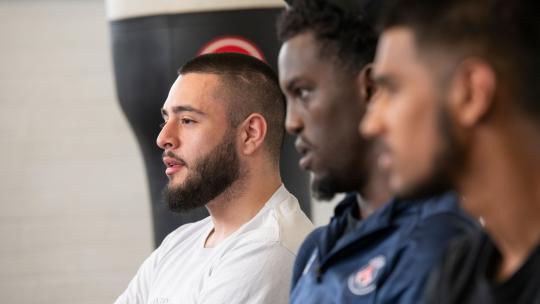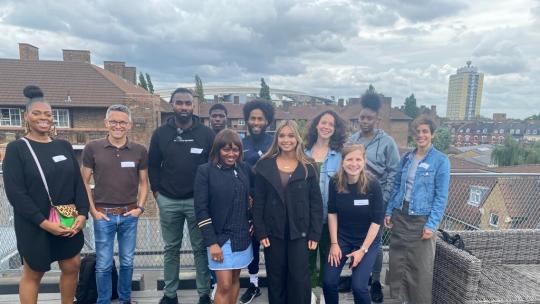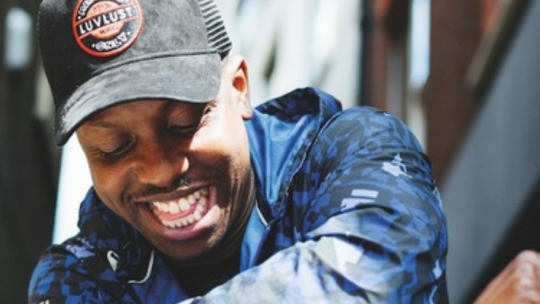Public health consultant, Farrah Hart, discusses how a public health approach can help address community safety in London.
Our research
What we know from the research on preventing violence
Those involved in violence are likely to be vulnerable in multiple, interrelated ways and many may have experienced past victimisation and trauma. A lot of research has examined the relationship between exposure to what researchers have called ‘adverse childhood experiences’ – or ACEs in the research literature – and violent offending.
Adverse childhood experiences take on many forms, such as the death of a parent or close friend, household criminality, exposure to domestic abuse, substance misuse or bullying, and difficulties with health, communication or learning. These experiences can increase vulnerability to violence. In short, ACEs are a form of trauma, or series of traumas, experienced during the important, formative stages of a life.
We try to minimise these risk factors and instead build resilience. The Violence Reduction Unit commissions research to inform future approaches and provides funding to projects and programmes that target prevention at individuals.
Spotlight on
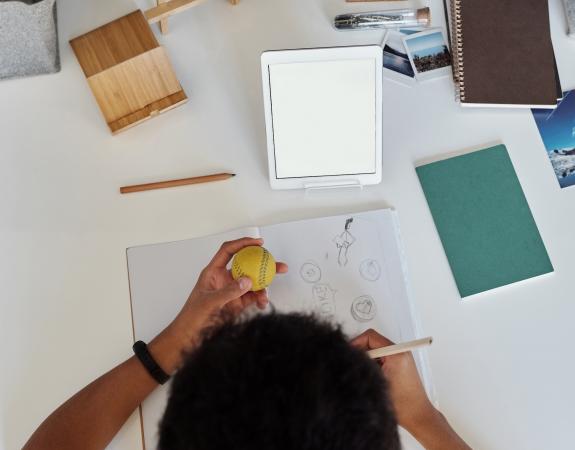
Online harms experienced by children and young people
In light of the increased amount of time young people spent online during the pandemic to learn, socialise and for entertainment, London’s Violence Reduction Unit (VRU) commissioned an in-depth exploration of online harms, ‘acceptable’ use and regulation, that included the experiences of young people, whose voices were missing from the body of existing research.
As part of the Social Switch Project, well respected charities, Catch22 and Redthread, carried out interviews with vulnerable children and young people that use its services, as well as frontline youth workers, police and tech platforms.
More reports from the VRU
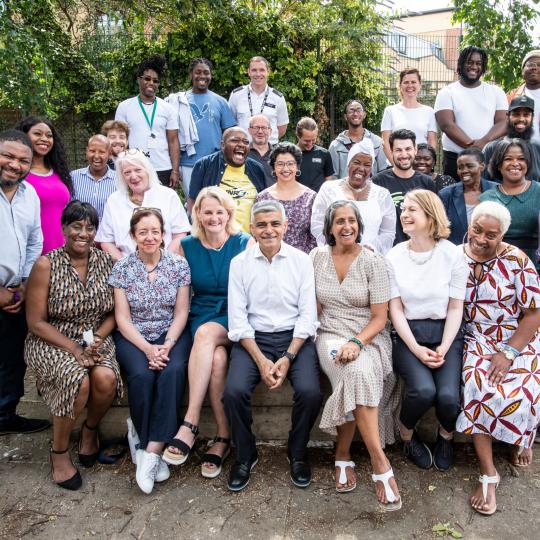
MyEnds impact evaluation: Main report
In 2021, the VRU developed the ambitious MyEnds programme, allocating a total of £6 million (including an evaluation piece) to provide support, capacity, and funding for locally designed interventions in neighbourhoods affected by high and sustained levels of violence.
This independent evaluation report, produced by Cordis Bright, highlights emerging impact, strengths, promising practice and learning from the first two years of MyEnds. The evaluation took a mixed methods approach which included: interviews, observation, e-survey, document review, data analysis, and deep-dive case studies.
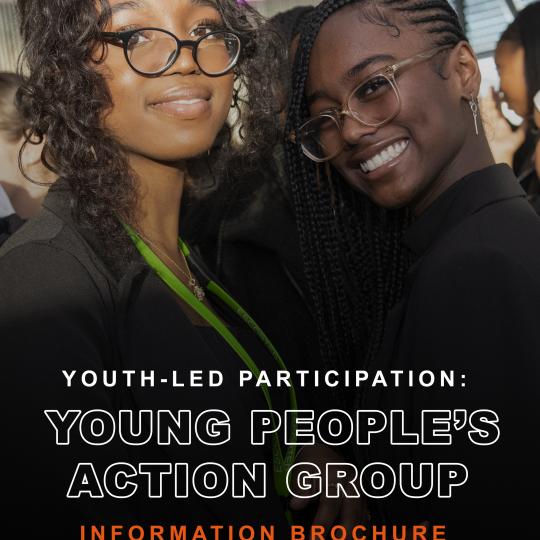
Youth-led participation: Young People's Action Group
The VRU’s approach has been to embed the voice of young people in its work to tackle violence and to provide and support access to opportunities for young people, families and communities. A passion and determination to embed young people in all aspects of work led to the development of the Young People’s Action Group (YPAG).
Our information guide has been created to support organisations of any shape and size to meaningfully work alongside young Londoners.
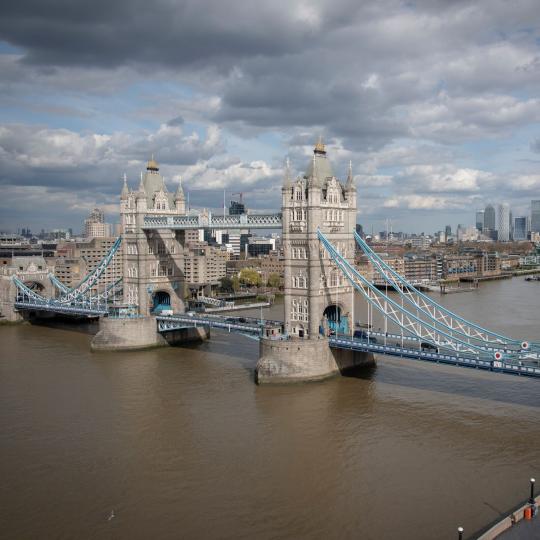
The impact on young people of police using images of knifes in social media posts
The YPAG were concerned that posting images of knives seized by the police on social media could contribute to a sense of fear in communities, particularly amongst young people.
As a result, the VRU commissioned research – led by University College London – to investigate the impact on young people of using knife imagery in social media posts. This was done by exploring the impact that images of knives have on young people’s perceptions of safety in London, the level of knife carrying as well as the fears and attitudes of seeing images of knives posted online.
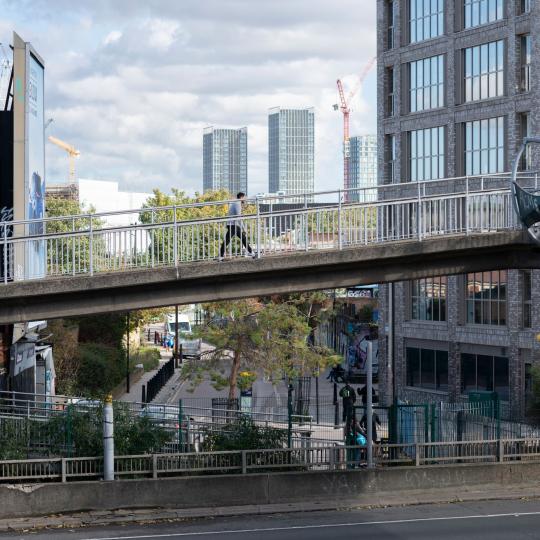
Understanding homicide: a framework analysis
This report sets out how we've taken complex case notes on 50 homicides and turned them into consistent data. It helps us to answer complex questions, such as how many homicide victims knew their perpetrator, or the role social media plays in the run up to a homicide. Following its initial success, the framework will now be used to analyse a further 300 cases with a view to it potentially being used more routinely in the capital.
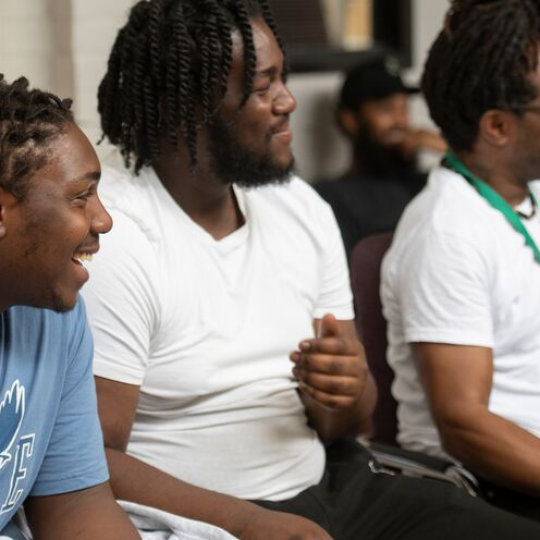
Neighbourhoods affected by violence
Based on these drivers of violence, the report provides 10 recommendations for the VRU to consider and act upon.

Child/adolescent to parent violence and abuse
The VRU analysed a range of data and consulted with communities to understand the needs of parent/carers in London. A theme that consistently featured as an area of concern for parents and carers was Child/Adolescent to Parent Violence and Abuse (CAPVA).
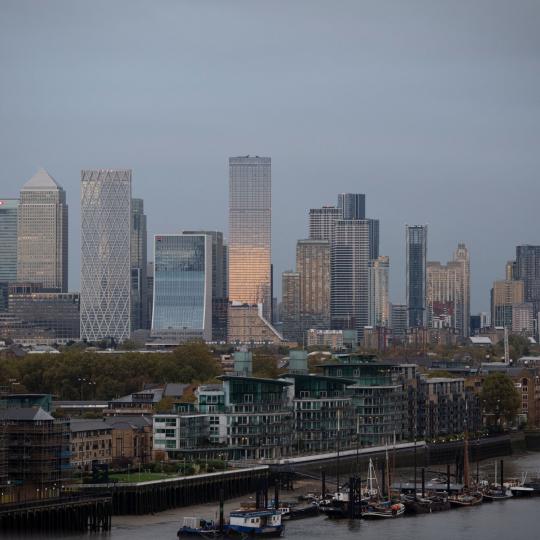
Violence in London: what we know and how to respond
The report, called ‘Violence in London: what we know and how to respond’, identifies current and future health needs of local populations to inform and guide the planning of services within a local authority area and pave the way for significant reductions in violence now and for future generations of Londoners.
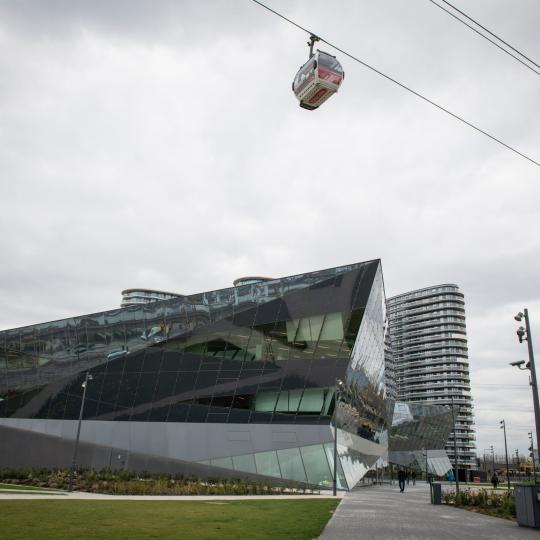
A report on the London Violence Reduction Unit
It answers the questions specifically set by the Home Office and critically describes our learning and analysis about what works.
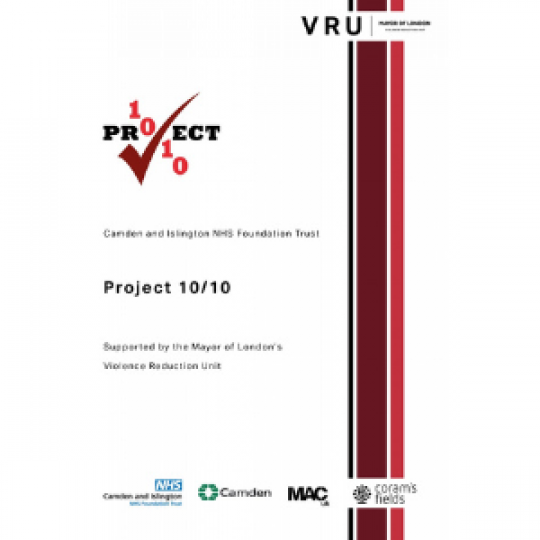
Project 10/10
London's VRU funded new research by Project 10/10 to develop greater insight and learning of community-based crisis intervention and trauma support for young people.
The report identifies examples of barriers to accessing services and how to overcome them.
Related articles
Stay up to date with our work

VRU newsletter
Register to our newsletter to be the first to know about the latest news, future VRU events and how you can get involved with our work.
Sign up